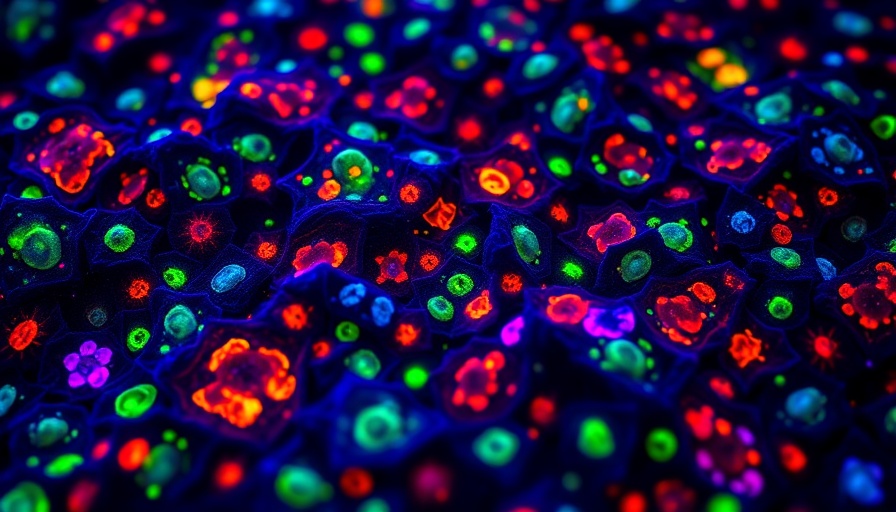
Understanding Individuality by Observing Animal Behavior
In a world often dominated by collective behavior, the explorations into individual differences in animal responses are revealing a fascinating complexity within the brain. Recent studies have begun to shift the focus from group tendencies, long favored in the field of neuroscience, to the unique quirks of individual animals, shedding new light on how these factors influence behavior.
Unique Insights from Mice Studies
Take, for example, a study involving mice that were genetically identical and raised in the same environment. Initially, their drinking behaviors appeared uniform. However, over time, variation emerged in their drinking habits when given access to alcohol. Some mice sipped sparingly while others engaged in compulsive drinking regardless of taste. This divergence underscores the idea that even genetically identical beings can behave differently based on unique internal factors.
Bridging the Gap: Understanding Neuroscience of Individual Behavior
Neuroscientists such as Cody Siciliano at Vanderbilt University are making strides in understanding how the brain's activity can predict behavioral outcomes. Their research shows that the way mouse brains function during the first drink can influence how much they consume later. The neural connections—or the lack thereof—between the prefrontal cortex and the midbrain can indicate future impulsivity in drinking behaviors. Such discoveries suggest a compelling link between biological brain structure and personal behavior.
The Broader Context: Implications for Human Behavior
This research into animal behavior sheds light on broader implications for understanding human actions. Just as variability exists in mice, humans exhibit a stunning range of responses to stimuli, underscoring the need to look beyond average responses to appreciate the full spectrum of behavior. For instance, understanding why certain individuals may be more prone to addictive behaviors can help in creating tailored interventions.
Future Predictions: The Next Frontier of Neuroscience
As research continues to leverage individuality in behavioral studies, we may be on the cusp of a major shift in neuroscience. Insights drawn from studying singular anomalies could lead to breakthrough therapies for behavioral disorders. This developing focus invites a more nuanced understanding of addiction, decision-making, and learning processes.
What Does This Mean for Us?
The growing acknowledgment of individual variability among animals informs not only scientific understanding but also potential societal decisions, such as public health approaches to addiction treatment. Policies and treatments that factor in individual differences might be more effective than one-size-fits-all solutions. This contrasts the historical tendency to disregard discrepancies within groups, pointing towards a need for a more personalized approach.
Conclusion: A Call for Individual Attention
The shift from a group-centric approach to a focus on individuality in behavioral research represents a pivotal movement in neuroscience. By valuing each animal's unique responses, researchers are uncovering vital insights that can lead to better outcomes in both animal welfare and human health. As citizens informed about these developments, we can support efforts that promote more personalized research and treatment strategies across behavioral sciences.
 Add Row
Add Row 

 Add
Add 


Write A Comment